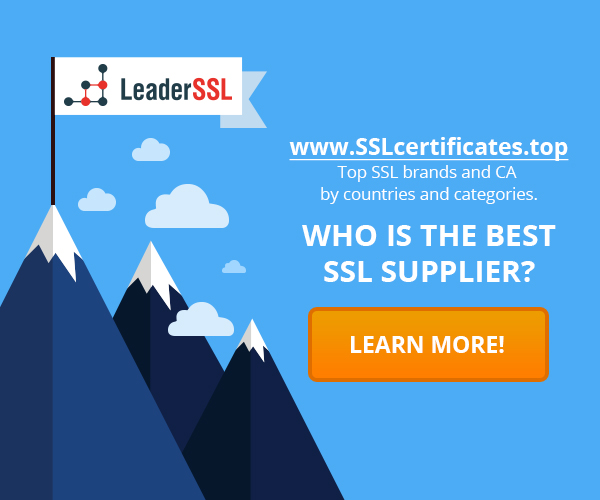How to manage SSL-certificates to achieve effective protection of the web site? We will review current methods and established practices in this article.
Having the installed SSL-certificate does not guarantee overall protection of your web site. Each SSL-certificate has its own private key, which must be kept protected, so you should make additional steps to ensure site security and protect SSL-certificate from malicious attacks by hackers, who try to intercept valuable information during transactions. Most SSL-certificate management practices help to establish advanced security and protection against hackers and malware.
Best practices of SSL-certificates management
Information about your SSL-certificate is crucial in order to keep your website protected. That’s protective layer of your site, so it is necessary to make sure the certificate is also protected from malicious users. You need to ensure that information about your certificate is protected, i.e. your site will not be exposed to attacks by third parties.
Check your SSL-certificate for MD5 Hash and Flame Virus
Since many corporate certificates are based on MD5 algorithm, your certificate could be sensitive to the various MD5 vulnerabilities. MD5 Hash reserves token that can be used by a third parties to obtain the necessary information about the certificate, and thus gain unauthorized access to your Web site. Flame virus is often used to compromise your system and steals your activities without your permission.
You can avoid this issue by performing checks of your SSL-certificate for MD5 and Flame Virus vulnerabilities on a regular basis. Make sure that your certificate is clean. However, if you find that this is not your case, contact your certificate service provider and enquire for assistance.
128-bit encryption (low)
Weak encryption – another risk factor for your certificates and websites that requires your attention. Encryption determines the strength of your site protection, therefore you need to make sure that the encryption of your certificate is trustworthy.
It is best to check the encryption of certificate and enquire for assistance from the issuer of your certificate, if you believe that you would need to improve the cryptographic strength.
The hierarchy of trust
You should check the safety status of your certificate hierarchy as frequently as possible. Make sure that each level of your certificate is clean: intermediate, root and final certificates.
Checking level of certificate issuer trust, and the ability to provide protection at the right level is also a necessity. Microsoft provides a list of trusted and untrusted certificate providers.
Attacks on certificates infrastructure
Attacks on the certificate infrastructure happen quite frequently, therefore you have to be vigilant when choosing a certificate issuer. Ideally you should always be aware of all the news related to your certificate provider. In addition, it would be beneficial that you choose right certificate provider, which is a proven, reliable and has a trustful overall reputation. If you feel that your site needs better protection, you can upgrade your current certificate to EV-certificate.
Regular basis monitoring of site is the essential key to the security of your site and your SSL-Certificate. In addition, you need to be aware in regards to how to react when problems will arise – this would be your best protection against malicious external attacks.
Do you need SSL certificates? The store of certificates entrusted by years and millions of visitors — LeaderSSL. Buy a certificate from a trusted brand.


Comments